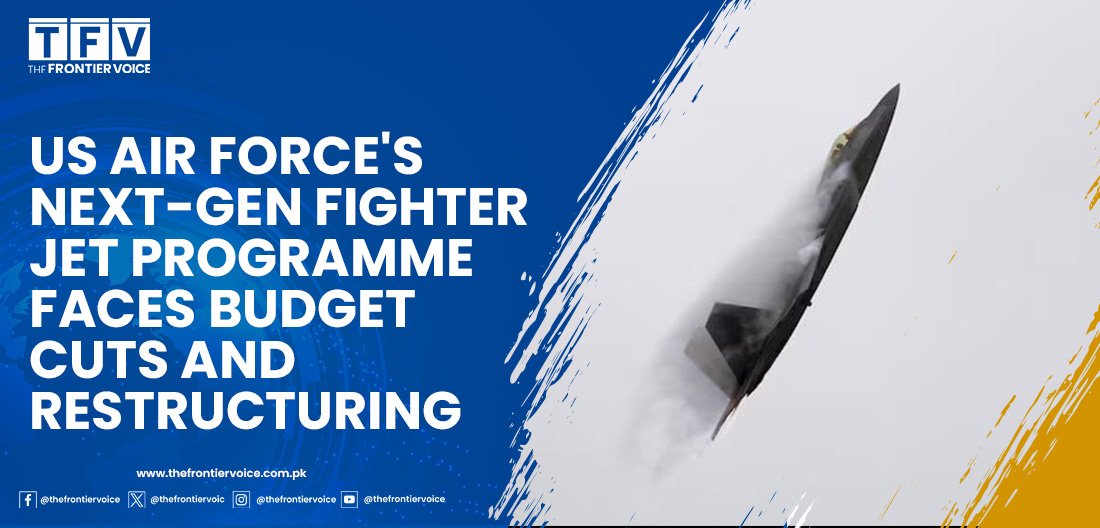TECHNOLOGY
US Air Force’s Next-Gen Fighter Jet Programme Faces Budget Cuts and Restructuring

The US Air Force’s ambitious Next Generation Air Dominance (NGAD) programme, initially conceived as a revolutionary leap in military technology, is facing potential budget cuts and restructuring, according to defence officials and industry executives. The NGAD programme, which aims to replace the F-22 Raptor with a sixth-generation fighter jet, might see its development budget of $28.5 billion over five years ending in 2029 spread out over a longer period or scaled back as the Pentagon seeks more cost-effective solutions.
Originally envisioned as a “family of systems” with unmatched stealth capabilities, laser weapons, and onboard artificial intelligence, the NGAD programme’s anticipated 2026 fiscal-year budget of $3.1 billion is likely to be reduced, potentially extending the development timeline by two more years. Defence officials suggest the Air Force might shift to a larger single-engine design from the initially believed two-engine design or reallocate more funding to the Collaborative Combat Aircraft initiative, an unmanned drone designed to operate alongside the main jet.
Air Force Secretary Frank Kendall highlighted the need to reassess the programme in light of current threats, affordability issues, and new developments. The NGAD programme’s restructuring comes amid significant cost overruns in other crucial and expensive projects, including the Sentinel intercontinental ballistic missile programme and the B-21 bomber production. While the total programme cost remains uncertain, it could eventually exceed $100 billion if 200 aircraft are produced. The Air Force’s reassessment and potential budget cuts could impact US aerospace and defence companies like Lockheed Martin and Boeing, which have responded to the Air Force’s request for proposals for the NGAD system.
“The part that seems to be getting stalled and re-evaluated is the air vehicle itself, the central platform,” said J.J. Gertler, a senior analyst at the Teal Group. The Air Force’s final decision will be crucial in shaping the future of air superiority technology and maintaining the US’s edge in military aviation.












